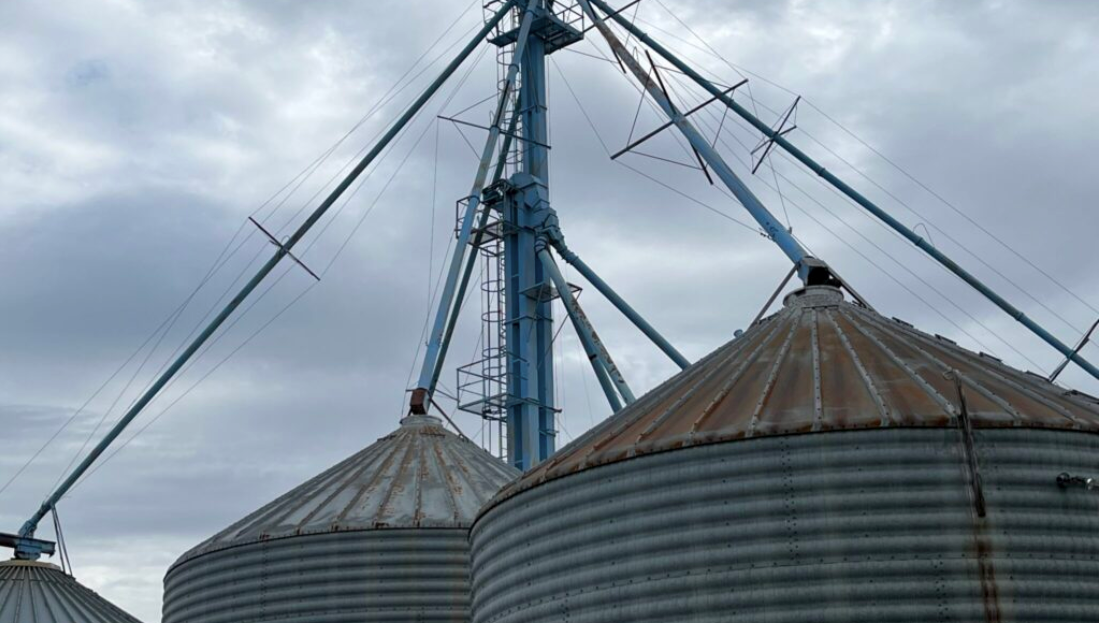House panel mulls safety net changes in farm bill amid soaring costs

By ALLISON Winter
States Newsroom
WASHINGTON — Members of the
U.S. Home Agriculture Committee are considering how to assist farmers
struggling with mounting prices for fertilizer, fuel, seeds and chemicals —
the unlucky harvest of the war in Ukraine, strains on the international
offer system, inflation and critical weather.
A panel of the committee listened to from agricultural economists Thursday,
as lawmakers debate how to construction the federal basic safety internet in the
following farm bill, owing when current packages expire in 2023.
The debate arrives as conventional corn, soy and wheat farmers straddle
both of those sides of inflation and the economic outcomes from the war in
Ukraine. They are observing both huge boosts in selling prices for their crops
and soaring costs for anything they have to purchase to plant them.
“Since 2018, when the previous farm monthly bill was composed, farmers have
expert the financial impacts of a trade war with China, marketing
and offer chain disruptions prompted by the pandemic, historic weather
functions and now serious volatility in commodity and enter markets,” stated
Rep. Cheri Bustos, an Illinois Democrat and the chairwoman of the
subcommittee that oversees farm commodities.
“This all has implications for the upcoming farm invoice,” Bustos extra.
Rep. Glenn Thompson, a Pennsylvania Republican, reported he wishes to shell out
unique thing to consider to the margins for farmers as users perform on the
following farm monthly bill. Thompson is the major Republican on the Agriculture
Committee and could helm the farm invoice system if Republicans choose
management of the House.
“The base line is that agriculture is a business enterprise, and at the finish of
the day, it is not what you provide in but the margin you are remaining with,”
mentioned Thompson. “I have tremendous problems with in which we are headed
appropriate now.”
Holes in the basic safety net
The farm monthly bill includes prolonged-standing protection net plans that provide
some threat security and financial assist to American farmers.
That includes crop insurance and farm commodity courses, which shell out
farmers if crop charges fall. But the packages don’t account for the
latest obstacle for farmers of rising fees for gas, fertilizer,
pesticides, and seeds.
Economists advised lawmakers take into consideration pilot packages geared to support farmers battling in those people margins.
“Input costs are expanding and with inflation, you’re heading to have
rigorous force in which that basic safety net will be weakened,” mentioned Ronald
Rainey, director of the College of Arkansas System Division of
Agriculture.
The significant commodity crops, specifically corn and wheat, are seeing high
charges — because of in part to disruption of a world current market that usually has
Ukraine and Russia as essential gamers.
Predicted prices for the 2022 U.S. wheat crop are 50 p.c higher
than they ended up in January, according to Joseph Janzen, an agricultural
economist at College of Illinois Urbana-Champaign.
Futures rates for corn and soybean charges are also on the increase: 30 % for corn and 20 per cent higher for soybeans.
But agricultural economists advised lawmakers that the sky-significant charges
could give a untrue impression, considering that farmers are also shelling out far more than
ever for fertilizer and fuel. The benchmark charges on crude oil and U.S.
fertilizer costs somewhere around tripled among January 2021 and March
2022.
Russia and Belarus are also major fertilizer producers and exporters.
Those people input prices are predicted to continue to be large for the following number of many years.
“What we know is going to transpire, is price ranges are heading to drop but
input rates are likely to keep up for a while, they always do. And that
is heading to depart persons in a value-rate squeeze,” mentioned Joe Outlaw,
co-director of the Agricultural and Foodstuff Coverage Middle at Texas A&M
University.
The high fertilizer and vitality selling prices have both limited and prolonged-time period
effects for agriculture. If farmers react by planting significantly less and using
less fertilizer, they will have a more compact harvest — bringing in much less
income for their farms and perhaps exacerbating increasing meals charges.
Farm monthly bill course of action
Each five decades lawmakers have to reauthorize the farm bill — a
laborious process to re-look at the policy and funding composition for
federal agriculture and food items guidance packages.
The farm invoice is distinctive in that it provides “mandatory” funding for
many of the courses it authorizes, so the packages do not have to go
via the congressional appropriations process just about every yr. As these,
farm bill authorization is a elaborate and contentious approach, as
lawmakers debate how and the place to commit extra revenue.
Most lawmakers at the subcommittee hearing Thursday did not contact for a
major overhaul of the longstanding security web for farm commodities.
“Our most important technique to producing a new farm invoice should really be a careful
1,” reported Rep. Rick Allen, a Ga Republican, noting how chaotic the
previous several decades have been for agriculture and the economy. “We ought to
not make important improvements except if we are equipped to absolutely appraise the
effects of individuals adjustments.”
But some said they should really take into account more adaptability and innovation in
farm applications to try to address mounting difficulties from drought,
serious climate and local climate modify. For occasion, much more than fifty percent of
Arizona is in severe drought and an more 10 % is enduring
extreme drought.
“I have hardly ever observed problems like this with no reduction in sight. We
have a thing that has to be conquer, and we just can’t do it by 50 %
actions,” mentioned Rep. Tom O’ Halleran, an Arizona Democrat.
In addition to the commodity applications, the farm bill consists of crop
insurance coverage, conservation programs and foods support programs. The bulk
of farm invoice expending goes to food items plans, like the supplemental
nutrition help system (SNAP, formerly known as food stamps) for
minimal-earnings persons and households.








